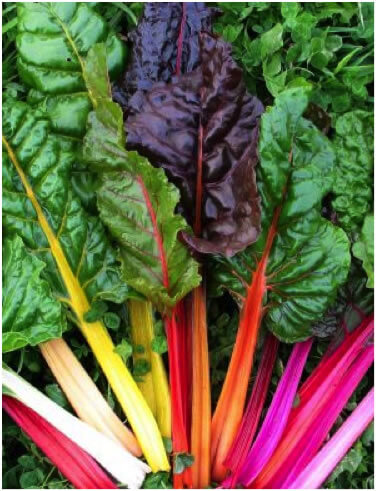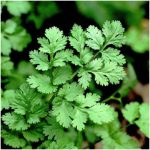Chard – Rainbow Chard
€1.95
Description
Chard – Rainbow Chard. Each plant has different colouration ranging from white, yellow, pink, orange and red. One of the most beautiful vegetables. The whole leaf can be used and cooked like spinach or chard.
Sowing:
April – June
It can either be sown directly into the garden or first raised in modular trays. The seeds are actually clusters of seeds and as soon as the seedlings appear they should be thinned to leave just one seedling per station. If sown indoors sow one seed per module about 2cm deep and about 4 to 5 weeks later plant out.
Spacing:
Between rows: 45cm
Between plants in the row: 30cm
Approx. seed count: 120
Growing Chard – Rainbow Chard
Latin name:
Beta vulgaris subsp. cicla
Family:
Chenopodiaceae (Goosefoot Family)
Swiss Chard is also known as silver chard, silver beet and seakale beet. There are other types: Ruby Chard with red stems and re-veined leaves, Rainbow Chard with multi-coloured stems and leaves and also recently introduced a Yellow Chard with yellow stems and veins. They are all very decorative as well as tasty crops.
All chards are excellent crops for winter cropping in a tunnel or greenhouse.
Soil and site
Chard – Rainbow Chard will do well in any fertile soil provided that plenty of compost or composted manure has been applied. The ideal soil pH is 6.5 – 7.5.
Sowing and planting
Seed can be sown into modular trays (one seed per cell) and placed onto a heating bench at 18ºC. As with perpetual spinach and beetroot you will notice that from the one seed about three to five seedlings appear. You have to thin them out as soon as they appear leaving just one seedling per module.
Outdoors, Chard – Rainbow Chard is best sown from April to June.
Two strategic sowing dates in late August and in early January are sufficient to get a continuous supply of chard throughout autumn, winter and spring in a polytunnel.
Spacing
Between plants: 35cm
Between rows: 35cm
Plant care
Keep the crop weed free and well watered at all times. It is also beneficial to remove the lower leaves which turn brown if not harvested on time.
Harvesting
Just like perpetual spinach, harvest the leaves on a regular basis by twisting them away from the base of the plant
How much to grow?
Three plants for each sowing will provide you with a lot of chard. This will take up less than one square metre from each sowing.
For more information have a look at my monthly newsletters on:
https://greenvegetableseeds.com/newsletters/
For information on organic certification:
Have a look at the Irish Garden magazine:




